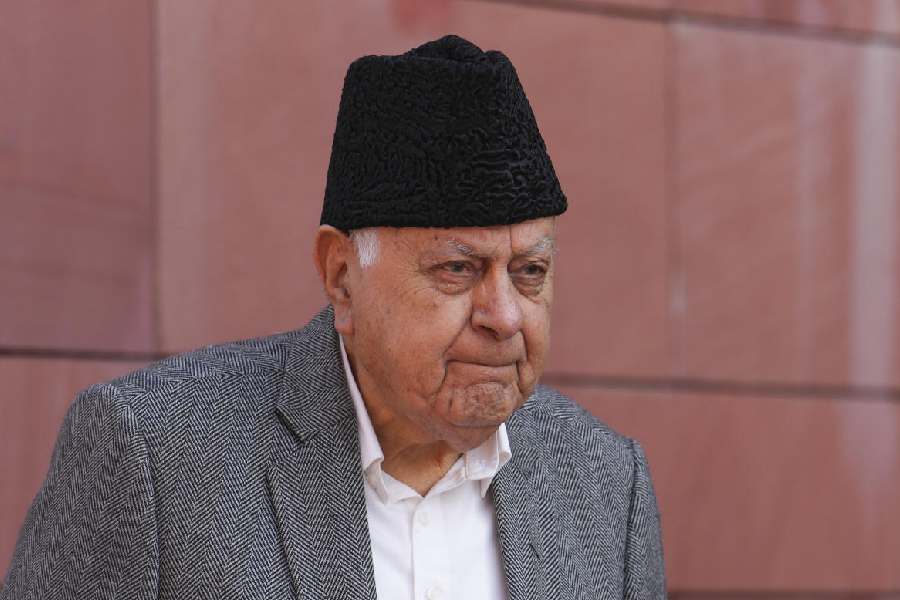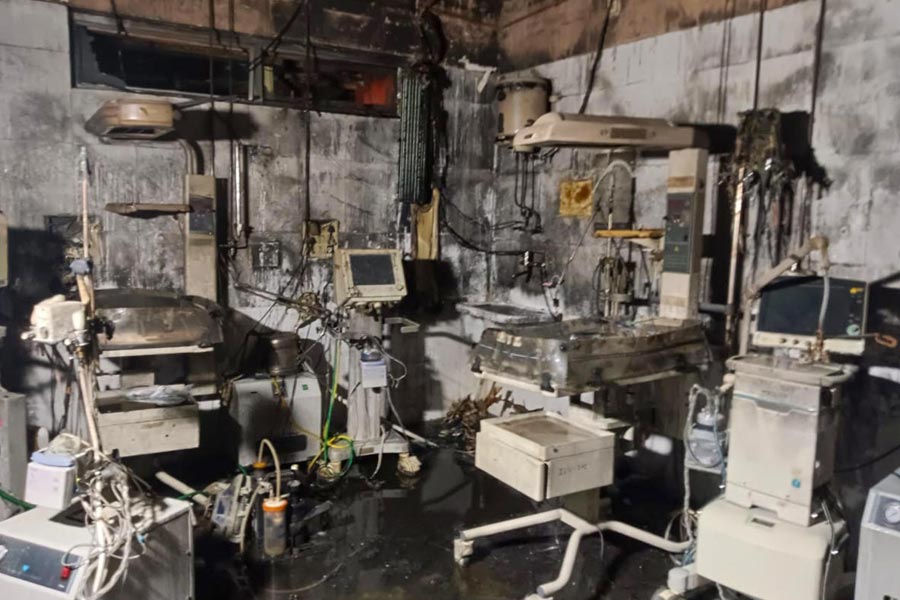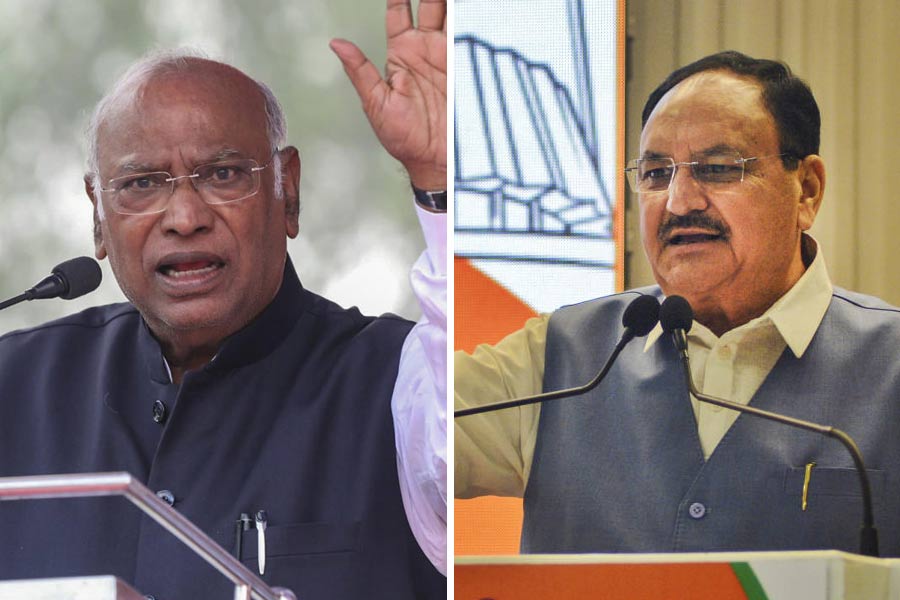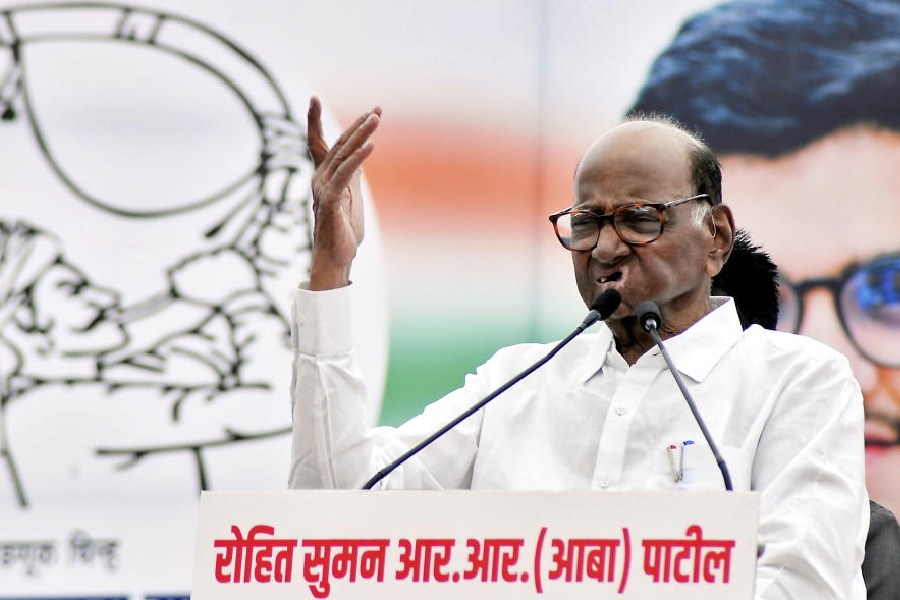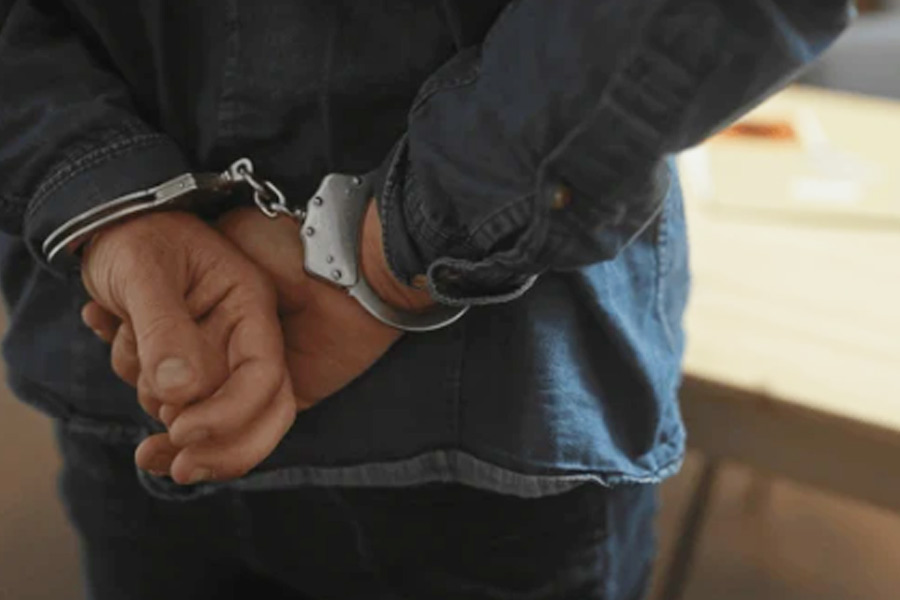At a time when artists are judged as much for their politics as their work, Waswo X. Waswo’s exhibition, We Are Always Working (held both online and offline at Latitude28 recently), is refreshing for the photographer’s wilful shunning of any ideological baggage. In fact, the charm of Waswo’s works lies in his self-deprecating humour; he pokes fun at his own image as an outsider in India. Based in Udaipur — this has been Waswo’s home since 2006 — the artist also finds humour in Rajasthan leaving behind its variegated past of warfare and chivalry with alacrity and hurtling towards globalization that will soon erase all traces of “local colour”.
The show was a collaboration between Waswo and Rajesh Soni, who handpaints the staged photographs taken by the artist along with R. Vijay. The tableaux were decked up with terracotta works by Shyam Lal Kumhar. On the surface, the works depict a high-spirited theatre — almost like scenes from a nautanki — with villagers from Varda (the artist’s studio is located here) playing dress-up. But there is more to the works than an exploration of the relation between the act of looking and being looked at. The photographs — they are styled in the tradition of Indian studio photography with the subject posed before a painted backdrop — also critique colonial visual discourses, most prominently through the figure of the ‘Evil Orientalist’ — Waswo himself dressed incongruously in a white suit and fedora.
The setting of Udaipur is perfect for a satire of the ‘gora sahib’s’ gaze since the city caters to — even thrives on — the exoticization of its own identity; that is the fuel for the local economy. His subjects though are not royal gentlemen and fine ladies but ordinary folk that one rubs shoulders with all over this land of kings. In these works, the sola-topi wearing sahib is as much the observer — he even wields a magnifying glass while looking at artefacts carefully placed in the photograph — as he is the observed. But it is difficult to take either of these acts seriously given the set-up. In appropriating the figure of the white male Orientalist and placing him within a satirical work, Waswo invalidates the weight of his observations. This is augmented by the miniature avatar in which Waswo has portrayed himself. The ‘stolen garden’ in many of his titles refer not just to the history of colonialism in India but also to the painted backdrops replicated from vintage miniatures hanging in institutions such as the Victoria and Albert Museum in London.
Perhaps the most important aspect of Waswo’s photographs lies elsewhere. He helps his viewers look beyond the peculiar label of arts and crafts, which stereotypes an entire history of art-making that often gets diminished and limited to offerings — souvenirs? — for the travel and tourism industry. As such, hundreds and thousands of artists get confined to the status of craftspeople and artisans, stuck to inheriting a tradition of painting, sculpting and art-making that does not leave much room for the type of innovation that contemporary art allows and welcomes. It is here that Waswo, from the beginning, has maintained a clear distinction in his collaborative approach to art-making — not only are ‘artisans’ such as Shyam Lal Kumhar always acknowledged in his works, but they are treated as associates, on a par with the contemporary artist.


